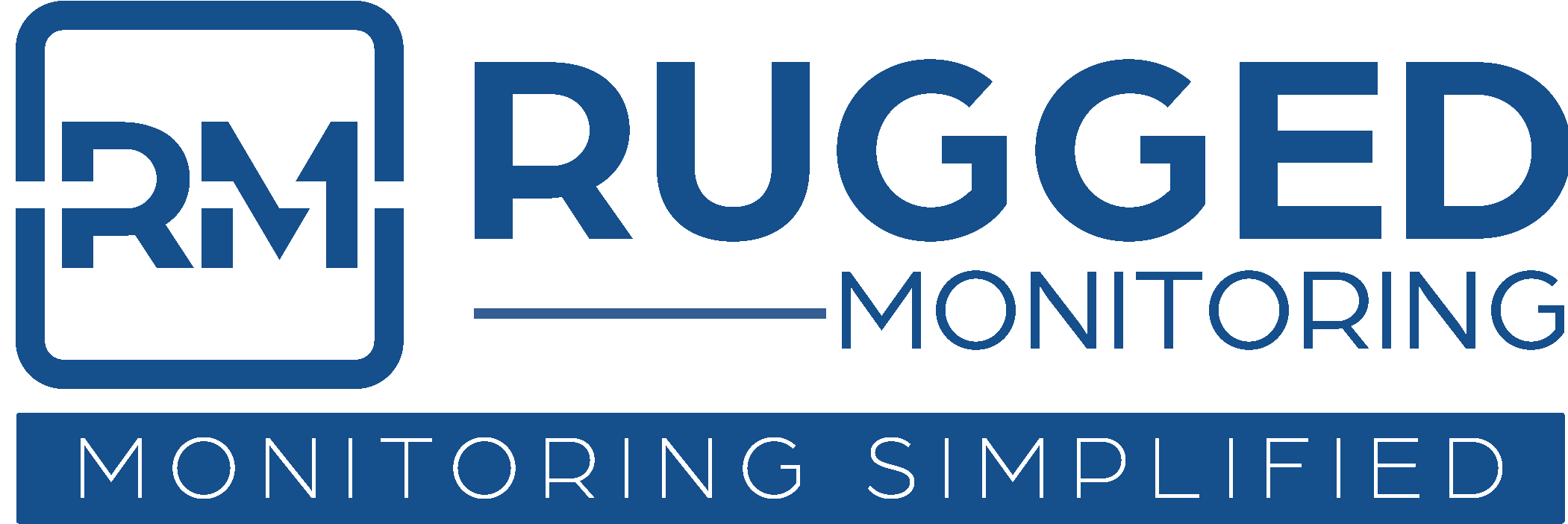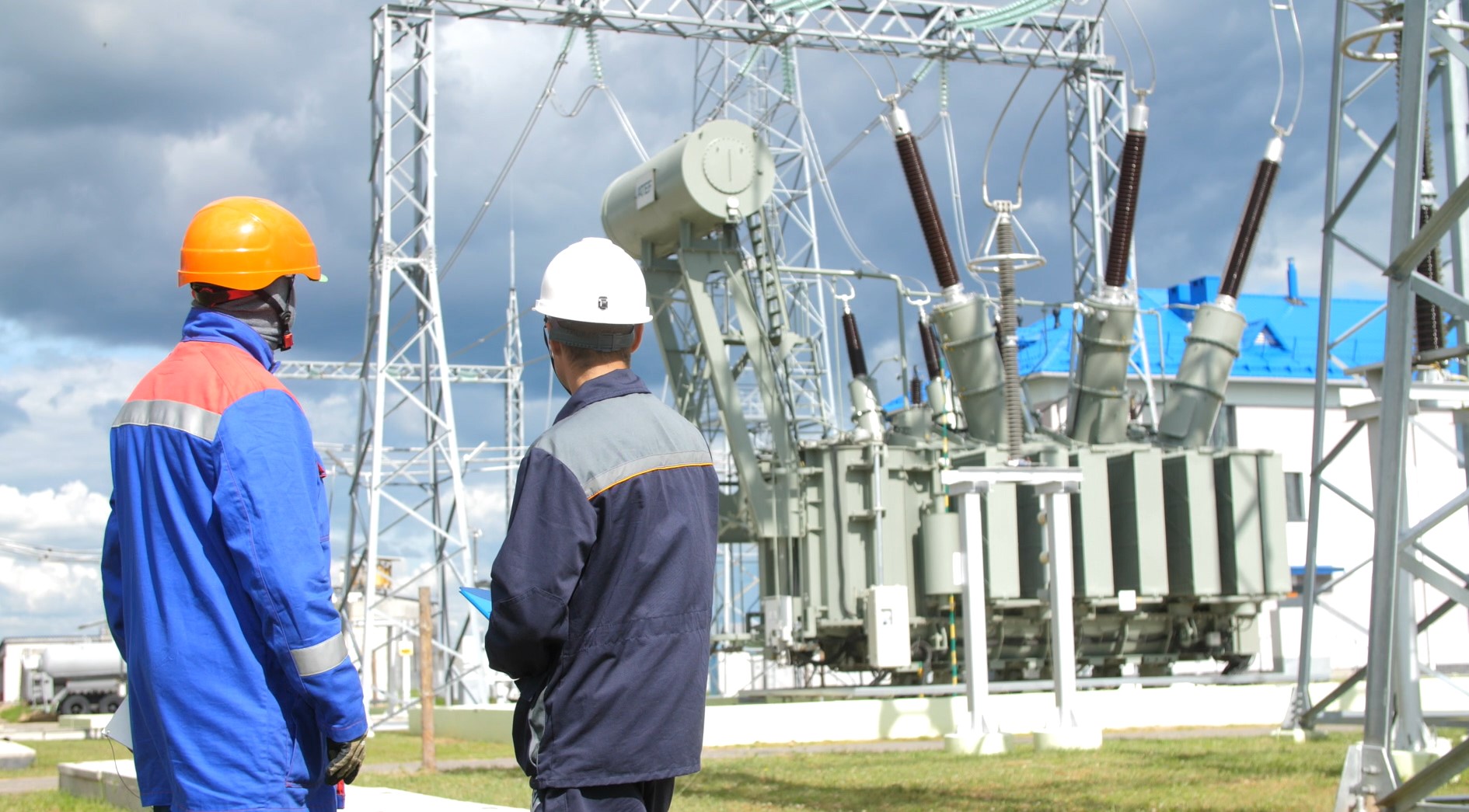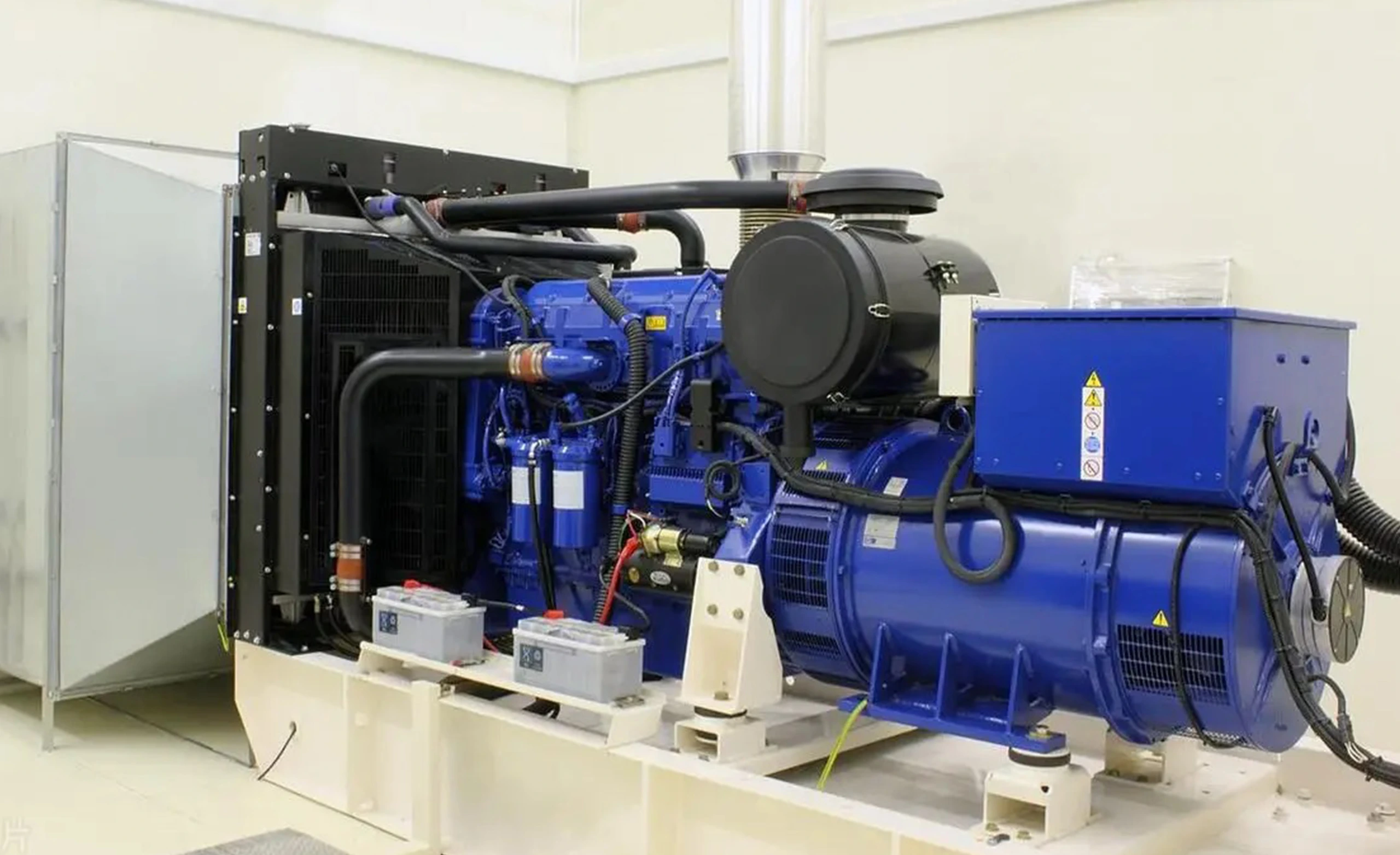Transformer condition monitoring systems are becoming a necessity, as transformers are the most critical assets in modern power systems. They ensure stable and efficient transmission and distribution of electricity across utility networks, industries, and their infrastructure. Due to their essential nature, transformers are built with robust engineering to last anywhere between 30 and 50 years. However, this lifespan is not guaranteed.
Operational stresses, environmental factors, and internal faults can significantly threaten a transformer’s service life. In real-world situations, it’s not uncommon for some transformer units to lose up to +/-15 years of their expected life due to preventable faults or unchecked aging indicators. For utilities managing large and aging transformer fleets, such deterioration has a direct impact on their O&M budgets, unplanned downtime, and overall network reliability.
Rather than prematurely retiring these high-cost assets, utilities are heavily investing in transformer condition monitoring systems to proactively manage their transformer fleets, thereby extending asset life and optimizing operational costs.
In this blog, we will explore the causes of transformer aging, the limitations of traditional monitoring, and the advantages of transformer condition monitoring systems.
What Causes Transformers to Age Prematurely?
Even with the robust design and controlled working conditions, transformers degrade due to various physical, chemical, and electrical stressors. This process is progressive and impacts both the electrical and mechanical integrity of the asset. Understanding these causes is the first step in building a reliable transformer condition monitoring strategy.
1. Partial Discharges (PD)
Partial discharges happen when localized dielectric breakdowns occur within air gaps, voids in insulation, or on the surface of aged components. These micro-arcs wear down the insulation materials, especially paper and pressboard, causing gradual weakening and eventual insulation failure. PD is both a cause and a sign of aging. Its continuous presence speeds up dielectric deterioration, while its appearance often indicates early signs of insulation breakdown in older transformers.
2. Oil contamination and oxidation
Transformer oil acts as both an electrical insulator and a thermal conductor. Over time, high temperatures, oxygen exposure, and catalytic activity from metal surfaces cause the oil to oxidize. This process produces acidic compounds, sludge, and moisture.
- Acidic by-products break down cellulose insulation and cause metal parts to corrode.
- Sludge buildup blocks cooling ducts, raising winding temperatures.
- Moisture reduces dielectric strength and leads to insulation becoming brittle.
These deteriorations feed into a self-reinforcing cycle: oxidation leads to poor cooling, which increases temperature, which in turn accelerates oxidation.
3. Thermal Stress and Winding Hotspots
Heat is the most significant factor in insulation aging. According to the Arrhenius equation, the rate of chemical degradation doubles with every 6–8°C increase in temperature.
- Localized hotspots, often caused by uneven loading, cooling problems, or winding faults, speed up the breakdown of cellulose insulation in those areas.
- Thermal stress shortens polymer chains, reducing the insulation’s strength and making it more brittle.
Hotspots may not always be evident in high oil temperature readings, but they can cause permanent damage where they develop.
4. Bushing Failures
Bushings are high-voltage components that isolate internal transformer conductors from the grounded tank. Over time, they experience:
- Capacitance drift caused by moisture ingress or dielectric breakdown in internal layers
- Thermal runaway resulting from poor contact or overload
- Oil leaks or contamination that reduce insulation integrity
Failures in bushings can cause dielectric stress in nearby transformer insulation, or in the worst cases, lead to explosive failures that damage core-winding assemblies.
5. Moisture Ingress
Moisture is a hidden aging accelerant in transformers. The solid insulation (cellulose) is hygroscopic and holds moisture after absorbing it. High moisture levels:
- Lower dielectric strength, increasing the risk of internal flashovers
- Promote hydrolytic degradation, which reduces mechanical and electrical endurance
- Cause bubble formation under thermal stress, leading to dielectric breakdown
Moisture moves within the transformer based on load cycles and temperature, often gathering in the hottest areas, which are most prone to aging.
Why Traditional Transformer Monitoring Falls Short?
Traditionally, transformer health has been monitored through periodic manual inspections, offline testing, and static diagnostic methods such as Dissolved Gas Analysis (DGA), insulation resistance, or thermal imaging. While these techniques offer value, they fall short in today’s demanding and dynamic grid environments.
Key Limitations:
– Infrequent Data Collection: Traditional methods rely on periodic checks, which can miss early warning signs of failure.
– Reactive Rather Than Proactive: Issues are often identified after significant degradation or failure has occurred.
– Human Dependency: Manual assessments can vary in quality and are subject to interpretation or error.
– Lack of Real-Time Visibility: Without continuous monitoring, emerging faults or thermal trends often go unnoticed until it’s too late.
– Incompatibility with Modern Systems: Failure to build adequate resilience to meet today’s operational demands of transformers.
– Inability to Prioritize: Without access to real-time data, resources lack proper prioritization, resulting in increased operational costs.
In contrast, online transformer condition monitoring transforms this reactive model into a predictive and proactive approach, enabling timely interventions that protect transformer health and extend its life.
The Role of Transformer Condition Monitoring in Extending Asset Life
Transformers are too valuable and too complex to be managed reactively. With aging fleets becoming the norm across many grids, transformer condition monitoring extends the life of transformers, reduces unplanned failures, and enhances grid reliability.
Condition monitoring systems utilize real-time Industrial IoT (IIoT) sensors, analytics, and advanced communication protocols to track the health and performance of transformers continuously. By acquiring, processing, and analyzing data, these systems proactively identify faults, enabling utilities to address issues before they escalate. Key benefits of condition monitoring include:
- Real-Time Fault Detection: IIoT sensors monitor critical parameters, including hotspot, partial discharges, DGA, and bushing conditions in real-time to detect anomalies and predict potential failures.
- Prioritized Maintenance: The transformer condition monitoring system generates detailed health reports, enabling asset managers to prioritize maintenance for transformers or components at the highest risk. This targeted approach optimizes maintenance schedules and reduces costs.
- Data-Driven Decision-Making: By providing a comprehensive view of asset health, transformer condition monitoring supports informed decisions about whether to repair, refurbish, or replace a transformer. This ensures reliability while minimizing unnecessary expenditures.
- Extended Asset Life: Early detection and proactive intervention can halt or mitigate accelerated aging, potentially adding years to a transformer’s operational life.
Modern transformer condition monitoring systems integrate seamlessly with existing infrastructure, offering a scalable solution for managing aging transformer fleets.
How Transformer Condition Monitoring Balances Probability and Consequence?
One of the main benefits of transformer condition monitoring is the move toward proactive maintenance. Instead of reacting to failures, utilities can predict degradation and plan interventions to minimize downtime and reduce lifecycle costs.
When an aging or failing transformer flags an impending issue, whether through DGA thresholds, thermal anomalies, or insulation alerts, asset managers are presented with two key options:
- Define and justify an intervention, preserving the asset if it still meets operational standards.
- Implement mitigation measures to keep the transformer in service while planning for future replacement.
Both approaches hinge on data confidence. Transformer condition monitoring provides this by continuously validating that maintenance actions have resolved the issue or arrested the fault’s progression. It ensures that once an outage is taken for repair, the return on downtime is maximized.
This balance of risk, cost, and reliability supports long-term planning, particularly in grid environments that are dealing with increased electrification, renewable integration, and environmental targets.
For utilities and asset managers, investing in transformer condition monitoring is a strategic step towards maximizing transformer longevity, ensuring grid stability, and optimizing operational efficiency.





